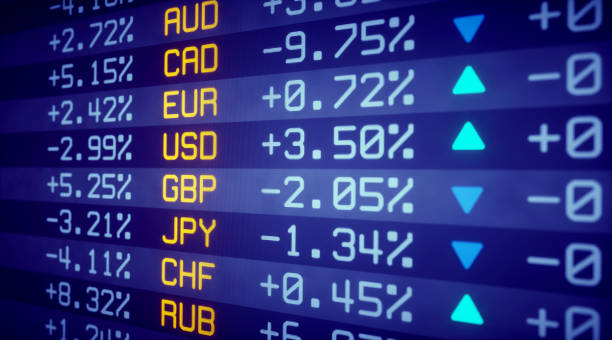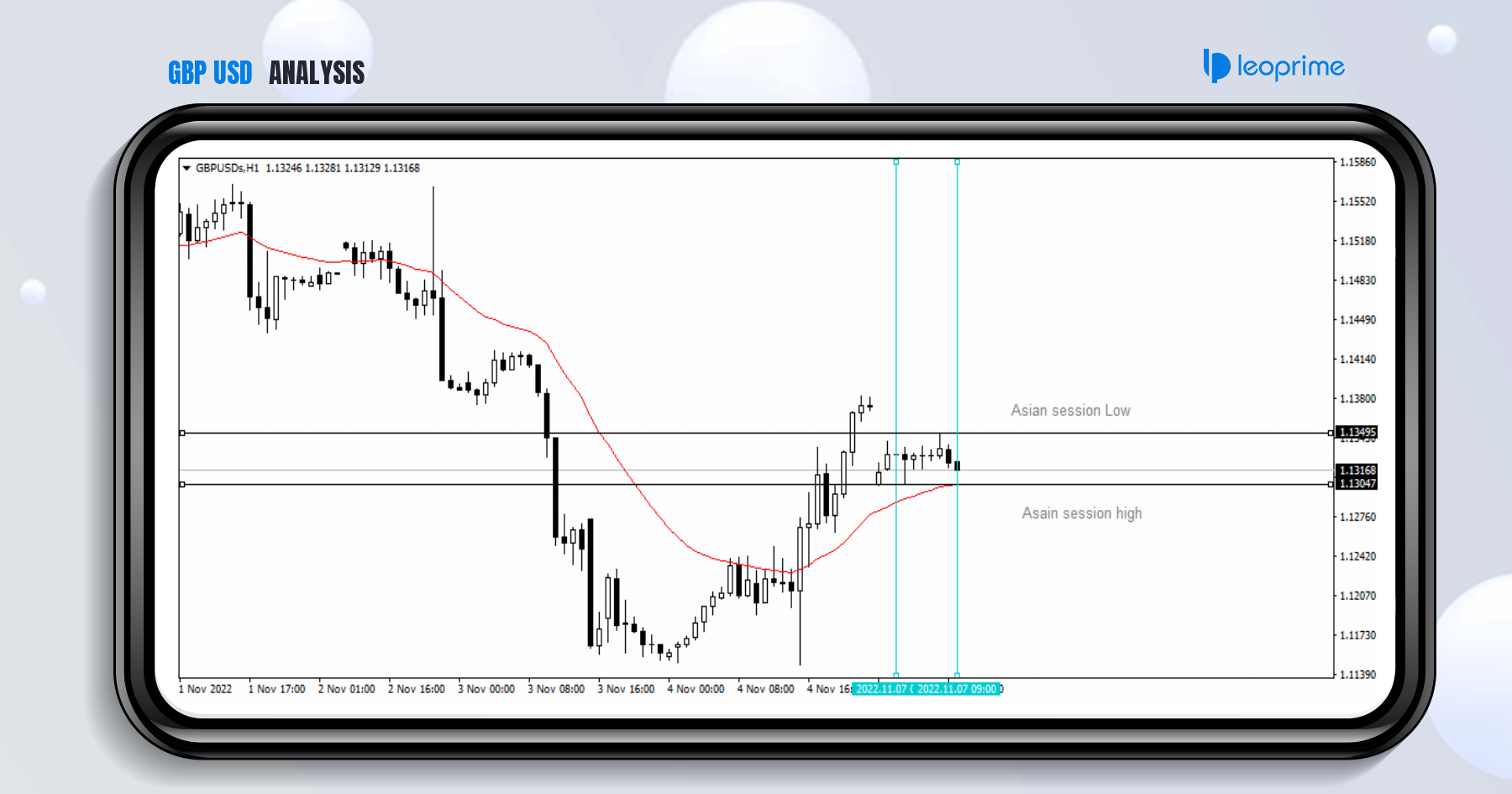
Here are the top five things you need to know in financial markets on Friday, June 21:
1. Stocks pause as U.S.-Iran tensions rise
The stock rally that followed the Federal Reserve’s signal of interest rate cuts this year faded on Friday as escalating tensions between the U.S. and Iran hit risk appetite.
U.S. President Donald Trump had approved military strikes against Iran on Friday in retaliation for the downing of a U.S. surveillance drone, but called off the attacks at the last minute, according to a New York Times report.
U.S. futures pointed to a lower open after the S&P 500 closed at a record high on Thursday. Dow futures fell 28 points, or 0.1%, by 5:42 AM ET (9:42 GMT), S&P 500 futures dropped 5 points, or 0.2%, while Nasdaq 100 futures traded down 20 points, or 0.3%.
Asian shares were also mostly lower at the close, though China’s Shanghai Composite bucked the general trend, ending 0.5% higher after signs of more liquidity support from the People’s Bank of China.
2. Gold pops above $1,400 to 6-year high
Spot gold surged past $1,400 overnight to its highest level since September 2013, reaching a weekly gain of nearly 5% before the rally began to fade in early morning trade on Friday.
Gold futures saw a similar price move past the $1,400 level to reach prices not seen July 2014.
The yellow metal has primarily benefited this week from the Fed’s change in outlook, which has fostered expectations of up to three rate cuts this year and driven the dollar nearly 1% lower.
Signs that central banks from Europe, Japan and Australia are also willing to ease policy to support a slowing economic outlook, geopolitical tensions between the U.S. and Iran and the unresolved U.S.-China trade dispute have increased demand for the safe haven metal.
3. Oil on track for 9% weekly surge
U.S. crude oil futures extended gains on Friday, bringing their weekly gain close to 9%, amid growing fears that supply out of the Persian Gulf could be disrupted by the standoff between the U.S. and Iran. Any disruptions would further tighten global supply, given that OPEC and its allies plan to extend their existing agreement on output restraint at the beginning of July.
At the same time, concerns over the global demand outlook have receded a little on hopes for looser monetary policy. and on hopes that the U.S. and China will move closer to a trade agreement when the two leaders meet next week at the G20 summit.
U.S. crude oil futures gained 12 cents, or 0.2%, to $57.19 by 5:43 AM ET (9:43 GMT), while Brent oil traded up 33 cents, or 0.5%, to $64.78.
4. Global manufacturing strength shows mixed signs ahead of U.S. data
Global readings of manufacturing activity showed mixed signs in data released Friday as investors waited for the latest readings from the U.S.
Manufacturing activity in Japan underwent a third straight month of contraction.
Despite a continuing downturn in the euro zone’s manufacturing sector, the overall reading of business activity managed to reach a seven-month high. Still, the IHS Markit research showed that companies remained at their least optimistic levels in nearly five years due concerns over slowing global growth and the impact of trade conflicts.
Markets will have preliminary readings for June on both the U.S. manufacturing and services sectors when IHS Markit releases its data Friday at 9:45 AM ET (13:45 GMT). The more widely followed manufacturing report from the Institute of Supply Management will be released on Monday.
5. UnitedHealth buys Equian; Slack surges on debut
The parent of the largest U.S. health insurer, UnitedHealth (NYSE:UNH), has agreed to buy health-care payments firm Equian for $3.2 billion, according to The Wall Street Journal. The deal would be the latest in a flurry of mergers and acquisitions in the sector this year that now tops $260 billion in deals, according to Dealogic.
Elsewhere, investors will be looking to see if messaging app Slack Technologies (NYSE:WORK) can add to gains of nearly 50% that it made on its stock market debut Thursday. The share’s closing price valued the company at over $20 billion, underlining that the market still has a relatively high degree of tolerance for loss-making unicorn startups if the business model is compelling enough. Slack debuted through a direct listing, rather than a traditional IPO. As such, there are no underwriters to smooth out any potential volatility in the immediate aftermath of the listing.







